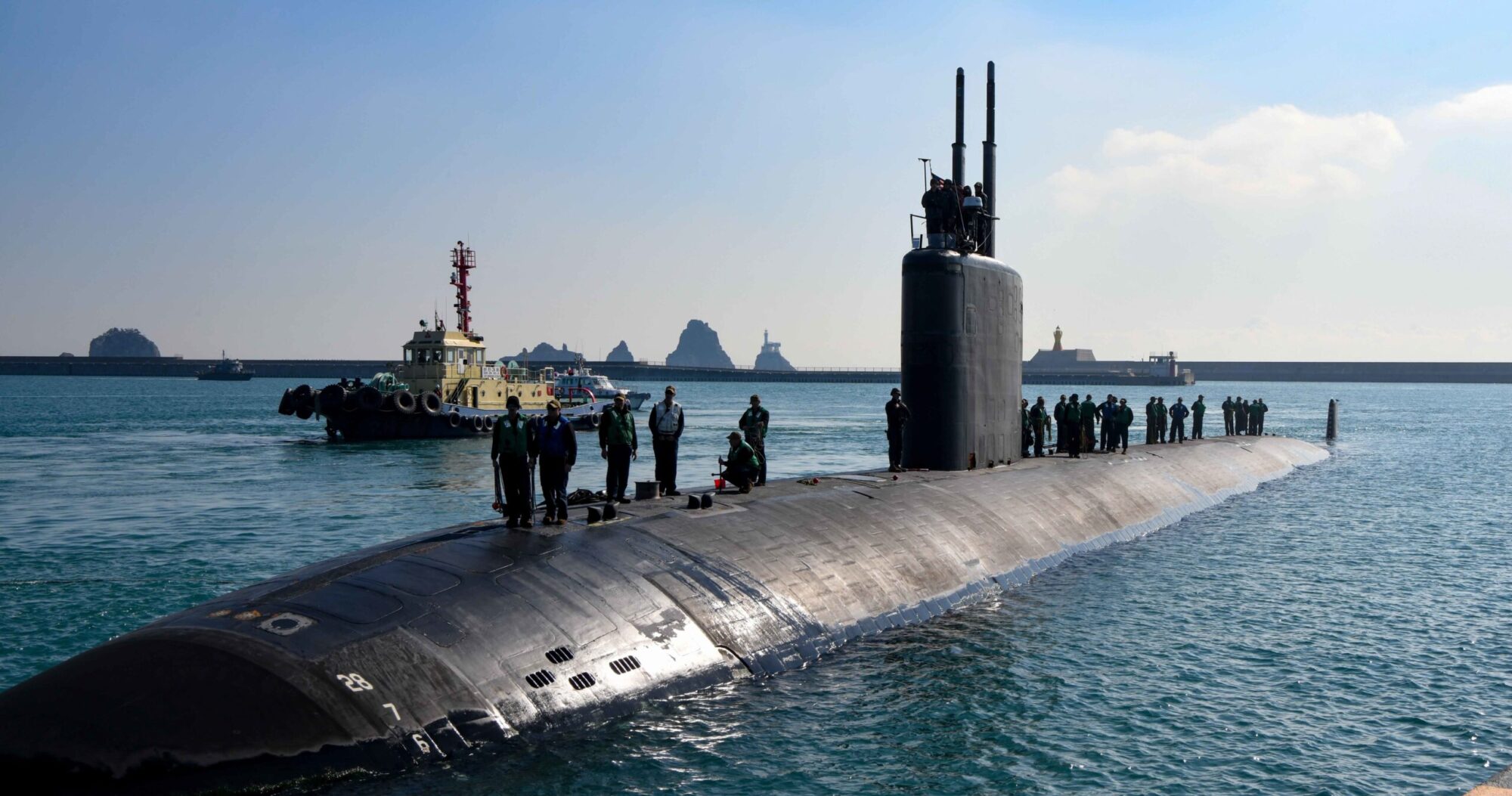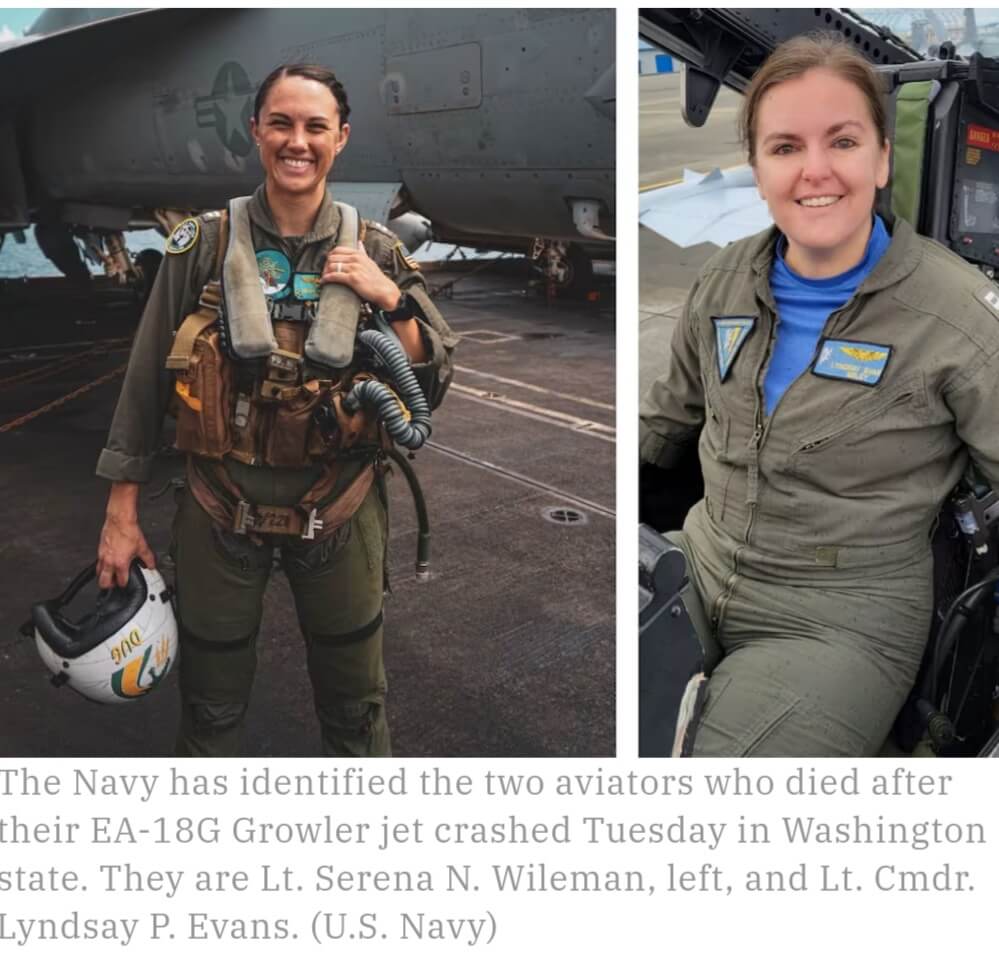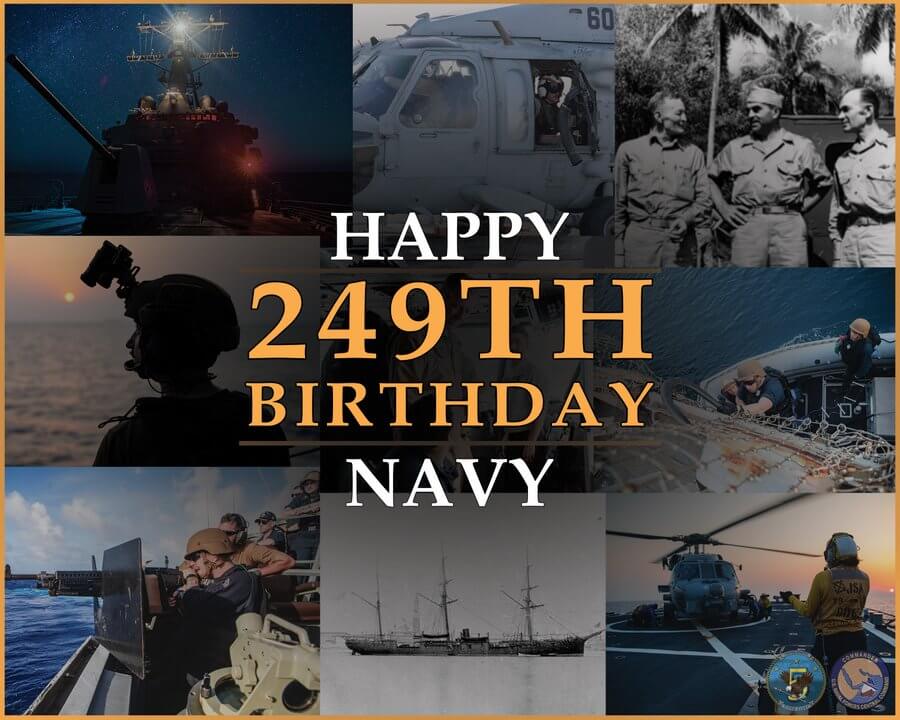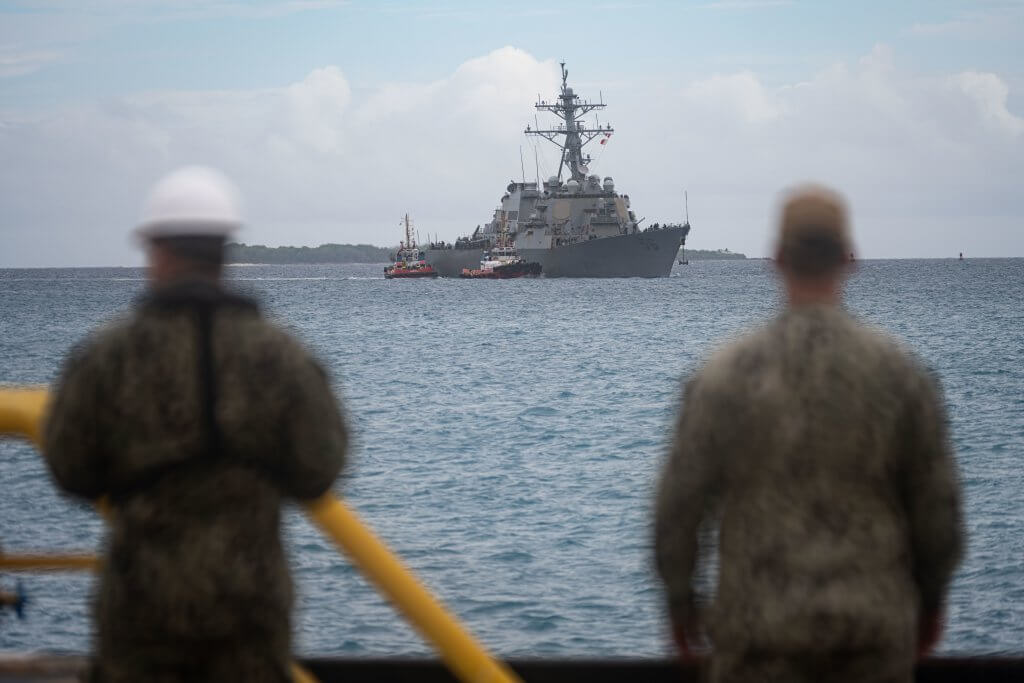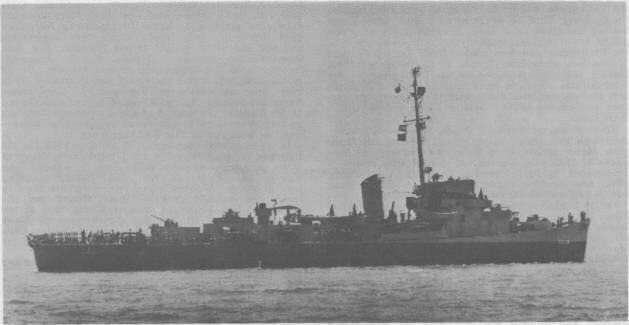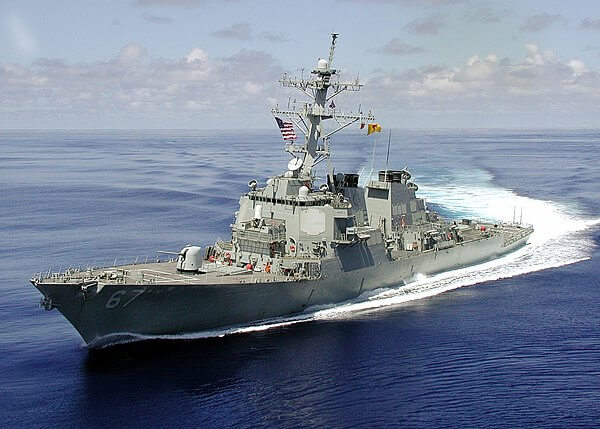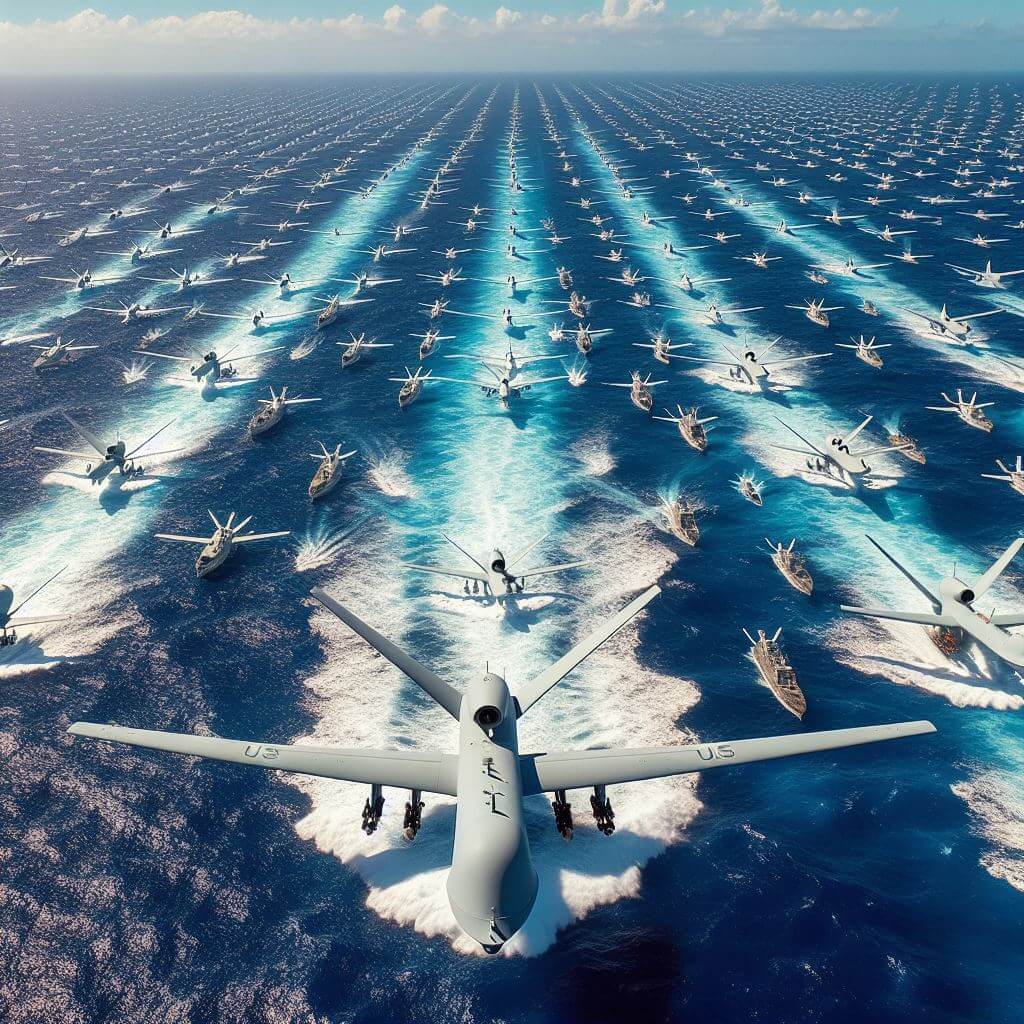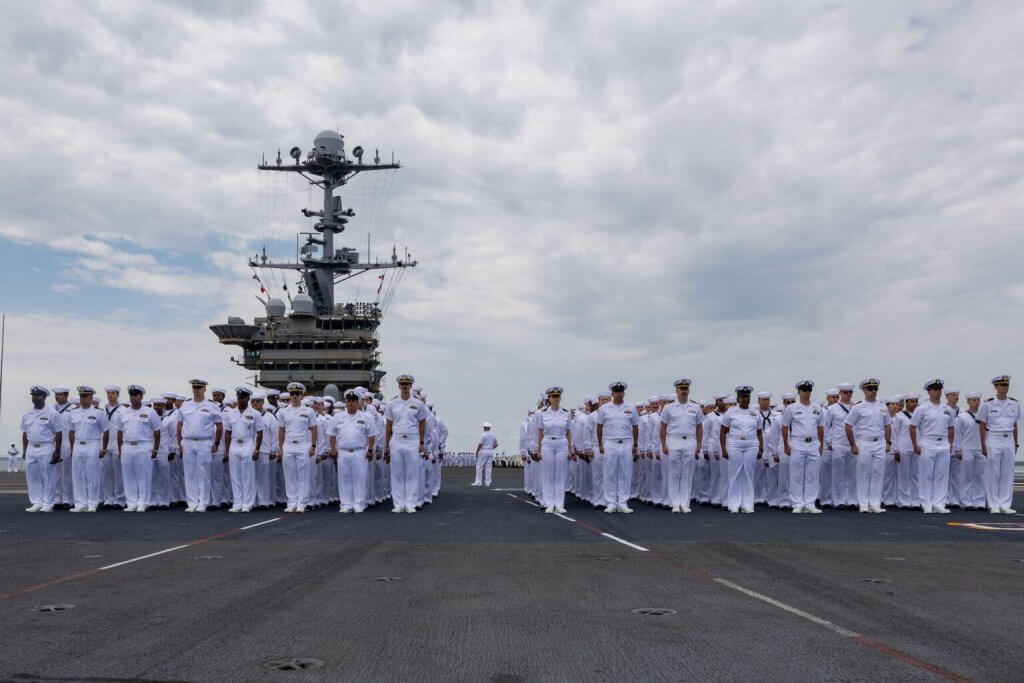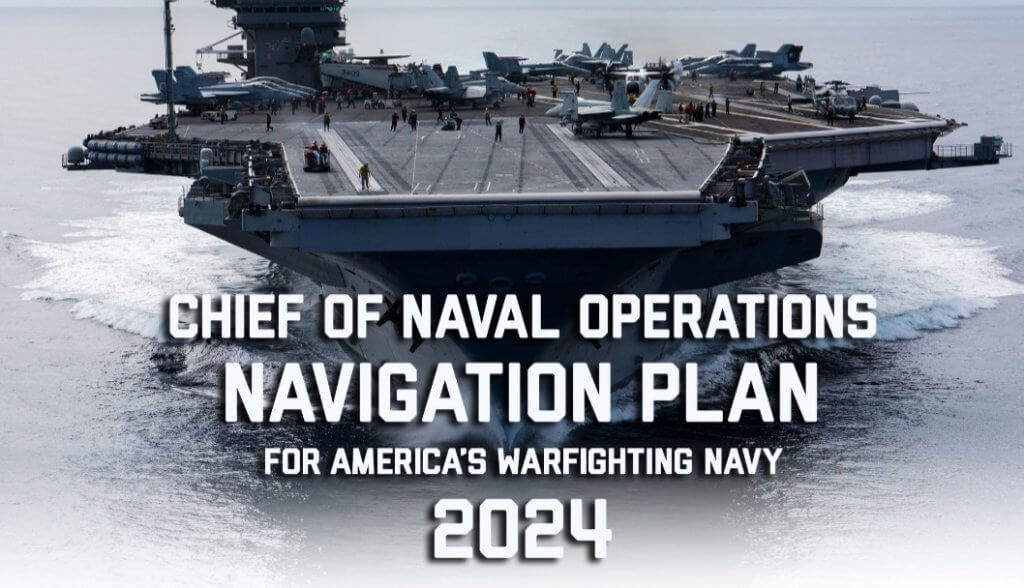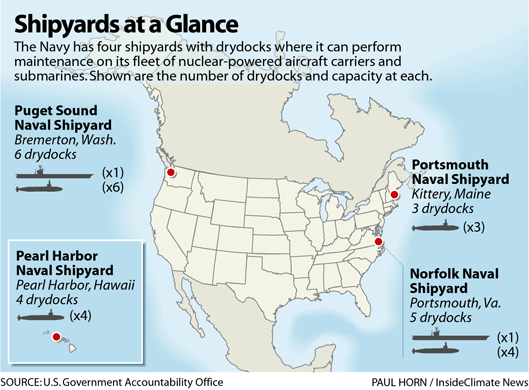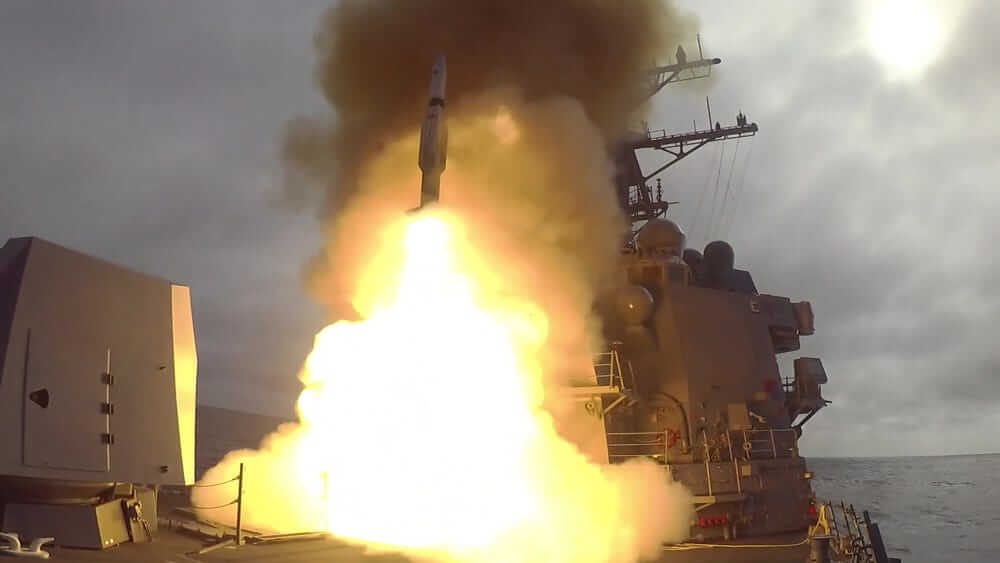
This past week, the U.S. Navy has been actively engaged in diverse operations and has been vigilant in monitoring developments related to international security and technological advancements. Here’s the latest:
Global Operations and Exercises
- Red Sea Engagements: On November 11, 2024, the USS Stockdale and USS Spruance successfully intercepted multiple drones and missiles launched by Yemen’s Houthi rebels in the Bab el-Mandeb Strait, a vital maritime chokepoint. The attacks were thwarted without any damage or injuries, underscoring the Navy’s commitment to securing international shipping lanes.
- Pacific Deployments: The U.S. Navy has forward-deployed F-35C Lightning II aircraft and CMV-22B Osprey to Japan, enhancing capabilities and strengthening maritime partnerships in the Indo-Pacific region.
Technological Advancements
- Unmanned Surface Vehicles (USVs): The U.S. Navy is advancing its procurement of Medium Unmanned Surface Vehicles (MUSVs), with plans to acquire seven units over the next two years. This initiative reflects a shift toward integrating unmanned platforms into naval operations.
- Missile Reloading at Sea: In a significant milestone, the Navy conducted successful tests of reloading missiles and rearming warships at sea, enhancing operational readiness and extending the endurance of naval vessels during deployments.
Leadership and Personnel Updates
- Command Changes: The Navy relieved the commanding officer of the Naval Information Warfare Training Group in San Diego on November 7, 2024, due to a loss of confidence in her ability to command. This decision underscores the Navy’s commitment to maintaining high leadership standards.
- NCIS Special Agents Graduation: On November 8, 2024, Secretary of the Navy Carlos Del Toro welcomed 18 new NCIS special agents during a graduation ceremony at the Federal Law Enforcement Training Center in Glynco, Georgia. This event highlights the Navy’s dedication to strengthening its investigative capabilities.
Historical Discoveries
- WWII Shipwreck Found: The wreckage of the USS Edsall, a World War II warship nicknamed the “Dancing Mouse,” was discovered in the Indian Ocean 81 years after it sank with 200 sailors aboard. The discovery serves as a poignant reminder of the sacrifices made during the war.
Legal and Disciplinary Actions
- ‘Fat Leonard’ Sentencing: Leonard Glenn Francis, known as “Fat Leonard,” was sentenced to 15 years in prison for orchestrating a massive bribery scandal involving high-ranking U.S. military officials. He was also ordered to pay $20 million in restitution and forfeit $35 million in illicit gains.
International Collaborations
- AUKUS Submarine Program: Admiral William Houston, head of the U.S. Navy’s nuclear propulsion program, acknowledged the challenges in meeting production targets for supplying Australia with Virginia-class nuclear-powered submarines by 2032 under the AUKUS agreement. However, he expressed confidence in achieving this goal, emphasizing the importance of international defense partnerships.
Infrastructure and Maintenance
- Shipyard Visits: Vice Chief of Naval Operations Adm. Jim Kilby visited shipyards and Navy leadership in the Northeast from October 29 to November 1, 2024, focusing on readiness and maintenance. These visits are part of ongoing efforts to ensure the Navy’s operational capabilities remain robust.
Community Engagement
- Veterans Day Observance: The Navy participated in various events and ceremonies across the nation to honor veterans on November 11, 2024. These activities reflect the Navy’s commitment to recognizing the service and sacrifices of military personnel.
China Watch
- New Hypersonic Weapon Unveiled: China revealed a new hypersonic boost-glide weapon, the GDF-600, capable of launching sub-payloads mid-flight. These sub-payloads, designed for multiple functions like electronic warfare and reconnaissance, represent a significant leap in China’s military capabilities.
- Nuclear-Powered Aircraft Carrier Development: Analysts have confirmed that China is developing a prototype nuclear reactor intended for a large warship, potentially marking a significant advancement for the country’s naval capabilities and putting the U.S. Navy on alert.
- Tensions with the Philippines: China’s embassy in Beijing warned the Philippines against “unilateral actions” following Manila’s new maritime laws designed to define territory, sea lanes, and air routes. China has vowed to take necessary measures to safeguard its claimed territorial rights.
- China’s New Hypersonic Weapon Concept: China has unveiled a model of its GDF-600 hypersonic boost-glide weapon at the Zhuhai Airshow. This advanced weapon, developed by the Guangdong Aerodynamic Research Academy (GARA), carries sub-payloads that can be launched mid-flight to strike multiple targets. These sub-payloads are versatile, with capabilities for electronic warfare and reconnaissance operations, representing a significant advancement in China’s military technology.
- Nuclear Reactor for Chinese Aircraft Carrier: U.S. researchers have confirmed China’s progress on a nuclear-powered propulsion system for an aircraft carrier. Satellite imagery and documents reveal a land-based prototype nuclear reactor capable of powering large surface warships, which marks a potential shift in Chinese naval power.
Russia Watch
- Missile Defense Site Inauguration: On November 13, 2024, U.S. and Polish officials inaugurated a NATO missile defense base in northern Poland, equipped with the U.S. Navy’s Aegis Ashore system. Russia has protested the base, viewing it as a threat, and has vowed to take countermeasures.
- Naval Movements in the English Channel: Russia claimed its warship Admiral Golovko conducted drills in the English Channel, which the British Royal Navy contested, asserting the ship was merely transiting under surveillance by HMS Iron Duke. This movement reflects ongoing tensions over the conflict in Ukraine.
Iran Watch
- Threats Against Israel: Iran has threatened a “strong and complex” attack against Israel in retaliation for recent strikes, raising concerns over escalating Middle East tensions.
- Houthi Rebel Attacks: Yemen’s Houthi rebels launched a barrage of drones and missiles targeting U.S. Navy destroyers, including the USS Spruance, near the Red Sea. Though there were no damages or casualties, these attacks have disrupted shipping traffic and raised security concerns in the region.
Conclusion
This week’s developments highlight the U.S. Navy’s ongoing efforts to maintain global security, engage in technological advancements, and honor its personnel. From strategic partnerships to countering emerging threats, the Navy remains steadfast in its mission to ensure maritime security and readiness.
Stay updated with more in-depth stories on our blog: 👉 strongernavy.org/blog
#USNavy #NavalNews #StrongerNavy #GlobalSecurity #MilitaryNews #ChinaWatch #RussiaWatch #IranWatch
